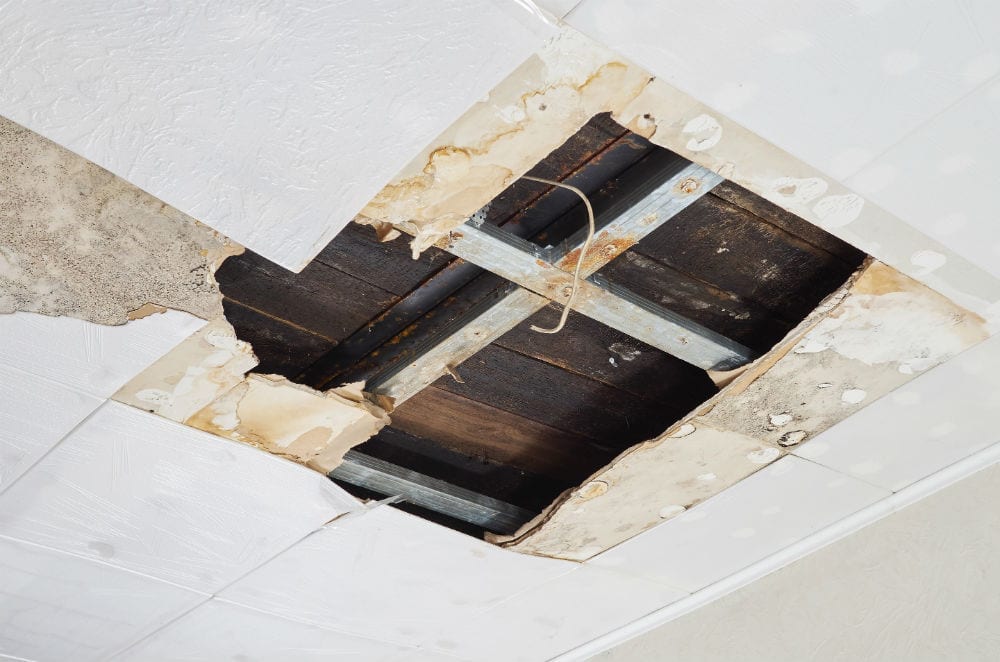Do's & Don'ts of Water Restoration.
Do's & Don'ts of Water Restoration.
Blog Article
The publisher is making several great points about Reducing Your Risk Of Water And Fire Damage At Home in general in this great article directly below.

Water gives life, water intrusion on components where it's not expected to be can result in damages. Houses with water damages smell stuffy and old.
Water can originate from many resources such as typhoons, floodings, ruptured pipes, leakages, as well as sewer issues. In case you experience water damages, it would be excellent to understand some safety preventative measures. Right here are a couple of guidelines on how to handle water damages.
Do Prioritize House Insurance Policy Coverage
Water damages from flooding because of hefty winds is seasonal. You can additionally experience a sudden flooding when a damaged pipeline instantly breaks into your home. It would be best to have residence insurance that covers both disasters such as all-natural catastrophes, as well as emergencies like broken plumbing.
Do Not Forget to Switch Off Utilities
In the event of a catastrophe, specifically if you stay in a flood-prone location, it would certainly be advisable to turn off the main electrical circuit. This cuts off power to your whole house, avoiding electrical shocks when water is available in as it is a conductor. Don't forget to transform off the primary water line valve. When floodwaters are high, furniture will certainly move as well as cause damages. Having the major valve shut down stops further damages.
Do Remain Proactive and also Heed Weather Informs
Tornado floods can be extremely uncertain. If there is a history of flooding in your community, remain ready and also proactive. If you live near a river, creek, or lake , listen to emptying warnings. Take out valuables from the ground floor and also cellar, after that put them on the highest feasible degree. Doing so decreases potential residential property damages.
Don't Ignore the Roofing System
You can avoid rainfall damages if there are no holes and leaks in your roof covering. This will certainly stop water from flowing down your walls and also soaking your ceiling.
Do Take Note Of Small Leaks
A burst pipe does not take place over night. You might notice bubbling paint, peeling wallpaper, water streaks, water spots, or leaking audios behind the wall surfaces. Have your plumbing fixed prior to it results in substantial damages.
Do Not Panic in Case of a Burst Pipe
Keeping your presence of mind is vital in a time of crisis. Panicking will just worsen the trouble due to the fact that it will certainly stifle you from acting quick. When it pertains to water damage, timing is key. The longer you wait, the more damages you can expect. Thus, if a pipeline bursts in your home, instantly shut off your main water valve to cut off the resource. After that unplug all electrical outlets in the area or switch off the circuit breaker for that part of your home. Call a reputable water damages restoration specialist for assistance.
Water provides life, water intrusion on components where it's not meant to be can result in damage. Homes with water damage odor mildewy and old.
Water damages from flood charges to heavy winds is seasonal. You might notice gurgling paint, peeling wallpaper, water touches, water discolorations, or leaking audios behind the walls. When it comes to water damages, timing is essential.
Some Do's & Don't When Dealing with a Water Damage
DO:
Make sure the water source has been eliminated. Contact a plumber if needed. Turn off circuit breakers supplying electricity to wet areas and unplug any electronics that are on wet carpet or surfaces Remove small furniture items Remove as much excess water as possible by mopping or blotting; Use WHITE towels to blot wet carpeting Wipe water from wooden furniture after removing anything on it Remove and prop up wet upholstery cushions for even drying (check for any bleeding) Pin up curtains or furniture skirts if needed Place aluminum foil, saucers or wood blocks between furniture legs and wet carpet Turn on air conditioning for maximum drying in winter and open windows in the summer Open any drawers and cabinets affected for complete drying but do not force them open Remove any valuable art objects or paintings to a safe, dry place Open any suitcases or luggage that may have been affected to dry, preferably in sunlight Hang any fur or leather goods to dry at room temperature Punch small holes in sagging ceilings to relieve trapped water (don't forget to place pans beneath!); however, if the ceiling is sagging extremely low, stay out of the room and we'll take care of it DO NOT:
Leave wet fabrics in place; dry them as soon as possible Leave books, magazines or any other colored items on wet carpets or floor Use your household vacuum to remove water Use TV's or other electronics/appliances while standing on wet carpets or floors; especially not on wet concrete floors Turn on ceiling fixtures if the ceiling is wet Turn your heat up, unless instructed otherwise

As an avid person who reads about Safety Tips To Prevent Fire And Water Damage, I thought sharing that excerpt was mandatory. So long as you liked our page please make sure you remember to pass it around. I cherish reading our article about Keeping Your Home Safe This Holiday Season.
Report this page